There’s a part of Colorado you probably don’t know about. Mostly, we Coloradans live in a narrow band of settlement, strung out along the foothills that run north and south. From there, Colorado stretches to the west, into the spectacular peaks, canyons, mesas and forests that make Colorado a natural playground.
But there’s a part of the state (fully a third) that stretches east. Don’t often hear of folks heading there for vacation!
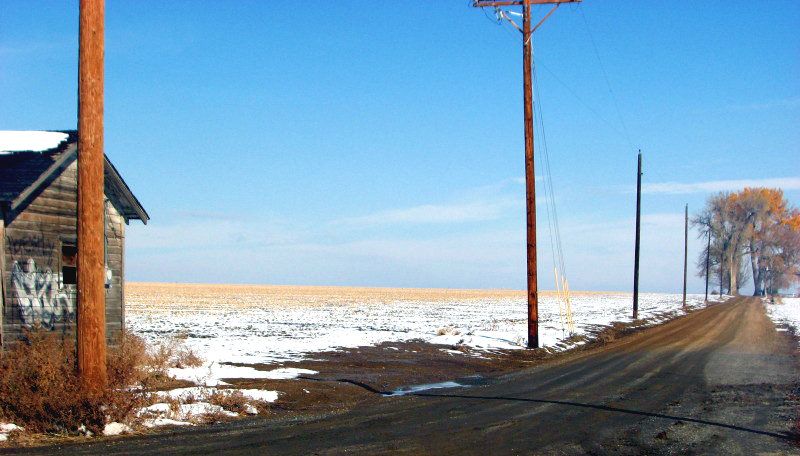
Only in the last couple years did I venture east, beyond our myopic cocoon of civilization–into a land of big expanses and long straight highways dotted by little towns like Gilcrest, Peckham and Milliken. No surprise that it holds a beauty of its own. The Platte River is vibrant with recent snow melt and golden cottonwoods usher it through the expanses. Gentle undulations break the flatness and gracious old trees line fields with beautiful precision.
More intriguing than this unique beauty, however, is the stark connection to reality that bursts from this land. In our cozy Front Range cocoon, we walk into giant supermarkets, assuming that every one of 30,000 products will be stocked plentifully and perfectly.
That assumption rests on the silent, patient support of this land and its people. Here are fields vast enough to grow the corn, sugar beets, cows and wheat to feed hundreds of thousands of urbanites. Here are the train lines that carry the harvest to factories capable of processing thousands of pounds of foods. Along the highways semis rumble, filled with food products destined for every store we might chance to run into, expecting to see whatever food we might fancy for our next meal. This land is a Food Basket.
And out in this land, I found myself at a butcher shop on a wintry day in late October. It was the kind of butcher shop I remember from growing up in farm country. Not a cute place where guys cut special beef filets for your Saturday dinner party, but the kind where, each autumn, when animals reach full weight, they are loaded into trucks and taken to be slaughtered and cut into edible sections of meat.
This butcher shop is located in an anonymous, beige prefab, in an equally unremarkable industrial park. Inside, I stand in line with Eastern Coloradoans who do this every autumn. Gals up front flip through a sheaf of forms to find our orders, then back they go, through the barrier door separating the small customer area from the large slaughtering, butchering and packing area in the rear. This back area is where a dozen or more locals make it possible for smaller ranchers to convert their pasture-raised animals into packages of cut meats.
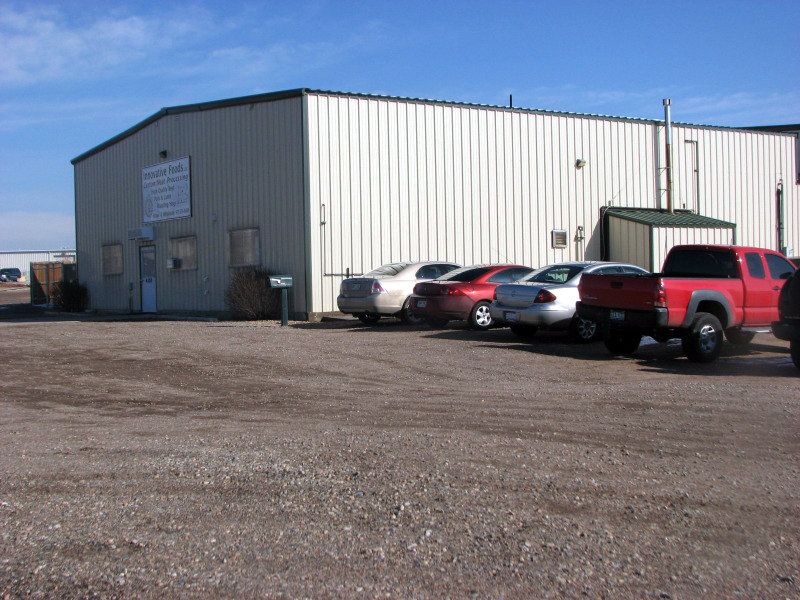
After five or ten minutes, one of the packers appears from this area with our orders–a cow, pig or lamb or whatever–enough for an entire year, all neatly marked and packaged. I’m picking up a full, pasture-raised hog from Jodar Farms, being split between three families. My packer wheels it outside and we squeeze it into coolers for the drive back. I thank my packer and, ritual complete, get in my car for the return trip. As I head back west toward the peaks, there’s an odd satisfaction about participating this closely in my own survival.
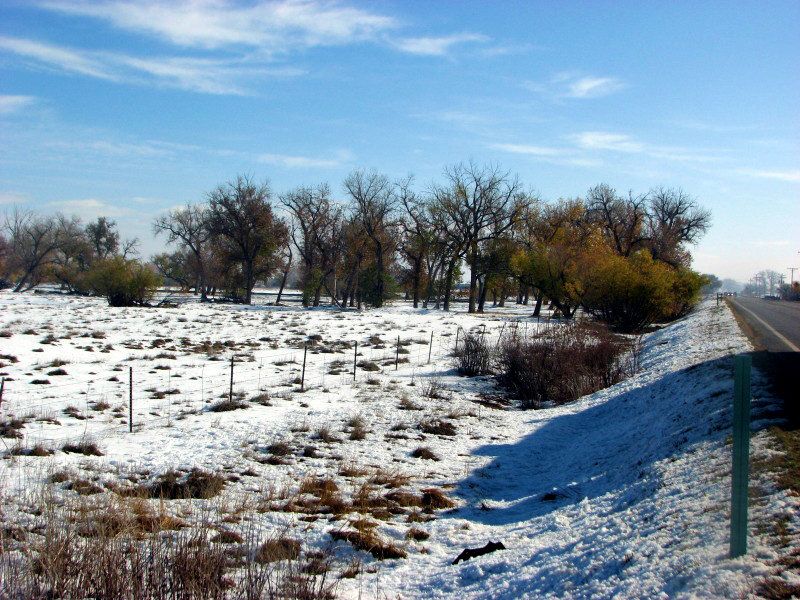
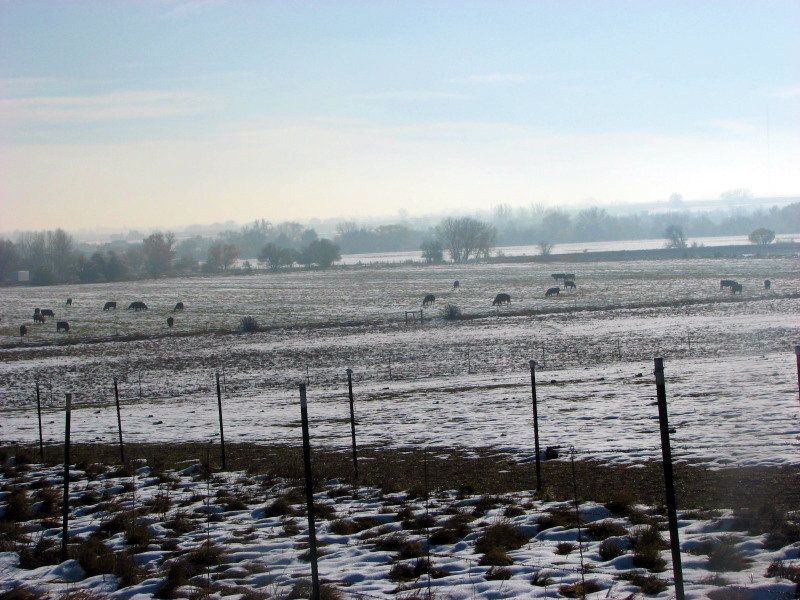
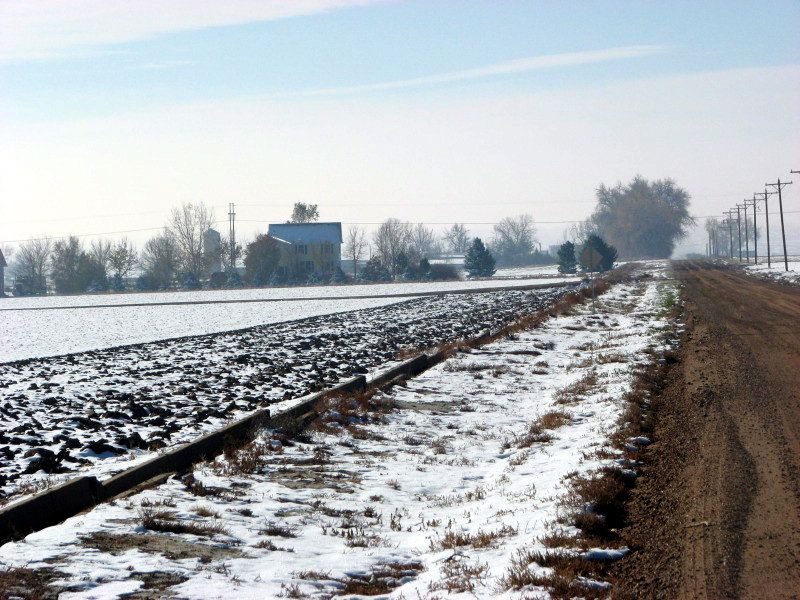
I haven’t been out on those plains in a while–great imagery, mom. I’m glad you’re taking the time to write about the beauty in the not-so-glamorous rituals of everyday life.
HI Mary – thank you for sharing your trip to Eastern Colorado with your readers. Your writing in very eloquent!
Barbara Johnson
Johnson Sharpening
Thanks Barbara. I had fun with that one.